Apple Products Family Tree: Tracing the Roots of Iconic Technology
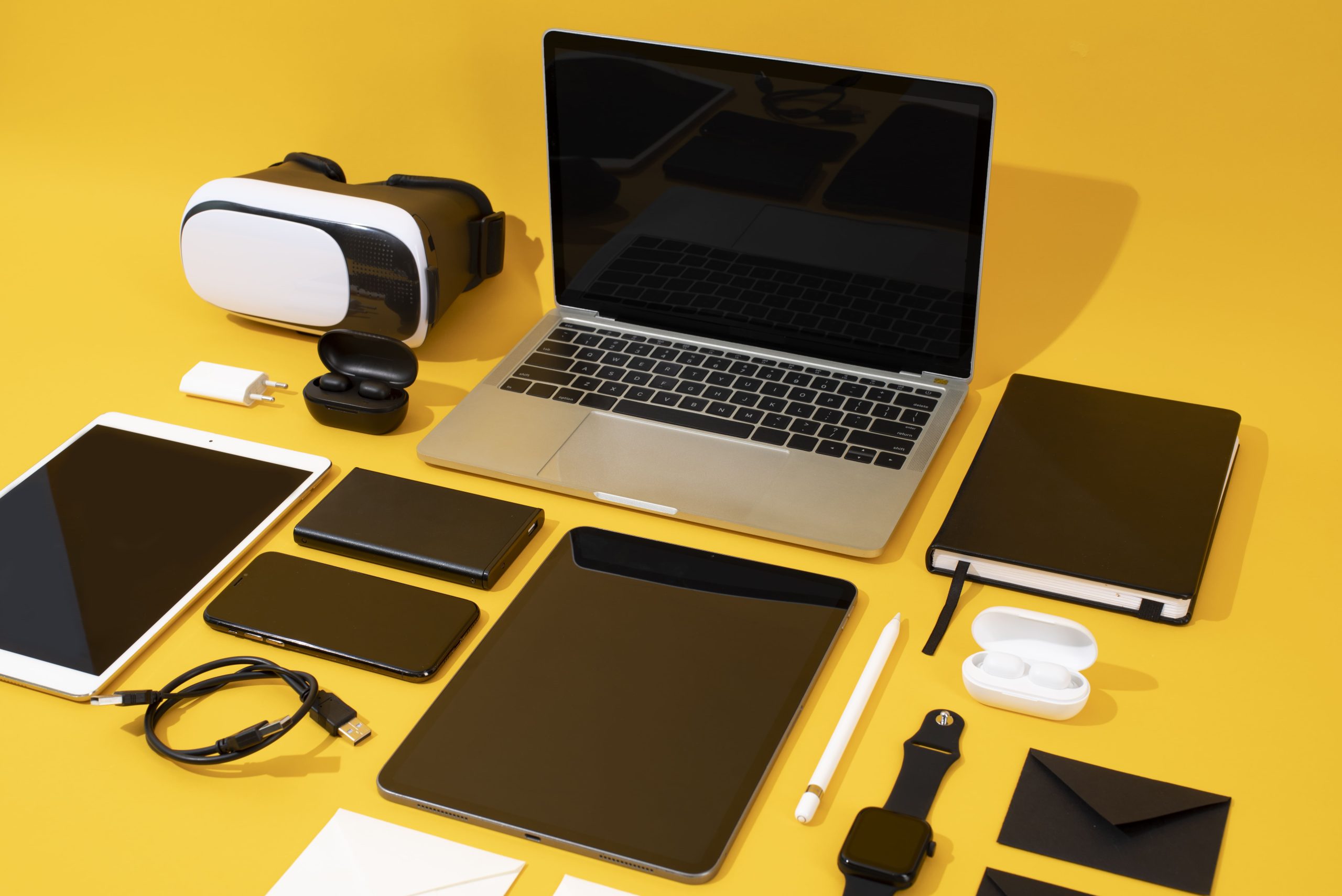
Apple computers, media players, phones and tablets have dominated the consumer electronics market for nearly half a century. And like people, Apple devices also have their lineage and their family tree.
For this article, we’re asking help from our B2B SaaS marketing partner Rampiq to uncover this unusual family tree – talking not about people, but about technology and marketing. Read further to learn interesting facts about the evolution of Apple products and all the notable members of the Apple “family”.
The Apple Family Tree of Products
Apple has released countless pieces of gadgets throughout its prolific 47-year history. For brevity’s sake, in this article, we’re going to look at only the most impactful products, from the original Apple I computer to the groundbreaking iPhone.
However, first, we must look no further than the minds behind the family tree of Apple products, Steve Jobs and Steve Wozniak.
Apple Family Members: The Parents
Steve Jobs: The Father
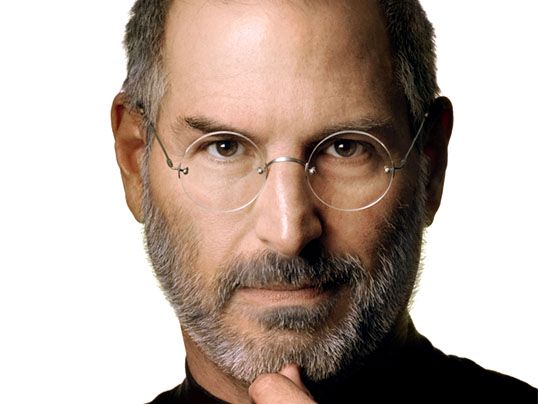
Steven Paul Jobs was born on February 24th, 1955 in San Francisco to two university students. He would be quickly given up for adoption as the relationship between the couple was pressured by their parents. His adoptive father Paul played a major role in Steve’s passion for electronics, as the former worked as a mechanic.
In 1971, he was acquainted with Steve Wozniak by their mutual friend and the two became very close. They both shared a keen interest in achieving something groundbreaking with the help of technology. When, in 1976, Wozniak single-handedly built Apple I, Jobs saw a lucrative opportunity and suggested selling it. The rest is history.
While Wozniak covered the technical side of business, Jobs was often referred to by his colleague as a visionary product designer and a genius marketer.
Back in 1976, he became pretty hands-on with the marketing aspects of the company and had a lot on his plate. It’d be tough for many people to believe that Steve Jobs designed company graphics, crafted ads and personally delivered computers to stores. Simply put, he was a one-man marketing team at the time. As the company grew more and more, he still continued to be involved in marketing, thus became known for his unforgettable product launches and keynote speeches when introducing new products, like the Macintosh.
Jobs’ masterful presentations and speeches made him the face of Apple, which he remained for most of his life until his untimely death at the age of 56. On October 5th, 2011, Jobs passed away due to complications caused by pancreatic cancer.
Steve Wozniak: The Uncle

Stephen Gary Wozniak was born on August 11th, 1950 in San Jose, California. Like Jobs, Wozniak had an early influence from his father, Jacob, who worked as an engineer.
Stephen is often described as a technological mastermind and he has shown prowess in building electronics since a very young age. When Wozniak was 21, he started building “blue boxes”, devices that allowed to make long-distance phone calls free of charge.
His breakthrough achievement came in 1976 when he built the famous Apple I computer. He single-handedly designed the hardware, the operating system, and the circuit board designs. Wozniak even offered the design to HP whilst being employed there, but his vision was rejected by the corporation on five separate occasions.
Looking back on his life story, he once said: “I had two things in my favor. I had no money and I had no training.”
Apple Family Members: The Children
The following are some of the most important releases in the Apple family tree:
Apple I, II, and III: The Firstborns (1976 to 1984)

The first in our timeline of Apple products is the Apple I. The Apple I project ended up being quite small because it only existed for a year and was mostly used by Californian electronics hobbyists. It’s difficult to determine how many third-party commercial software packages were distributed for it, but Wozniak’s first 8-bit, 6502-based Apple I paved the way for the Apple II the following year.
The Apple II included seven expansion slots in addition to other capabilities, which considerably increased the platform’s lifespan while keeping the same CPU as its predecessor. Over the course of nearly two decades, the Apple II platform underwent seven iterations, and even in the early years of the Macintosh, the Apple II remained Apple’s most widely used platform.
The Apple III was the company’s initial effort to target the business PC market. However, as a result of its high price, lack of third-party support, and early batches coming with serious defects, The Apple III saw only lukewarm uptake.
Some of the most notable marketing campaigns for the first Apple computers included “A balance of features”, “Simplicity is the ultimate sophistication”, and “We’re looking for the most original use of an Apple since Adam”. Jobs’ famous turtleneck and Apple’s logo also made their first appearances during that era.
Apple Lisa: The Innovator (1983 to 1985)
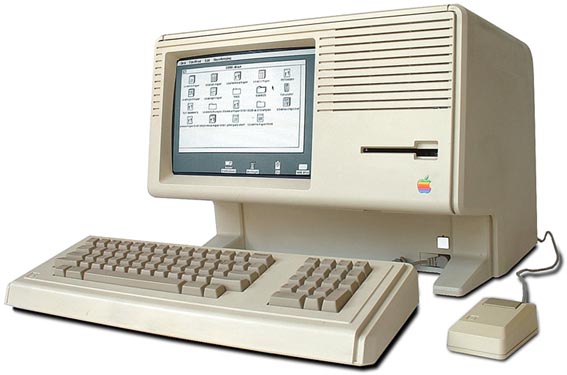
Apple Lisa was an innovative computer that boasted a bitmapped graphical user interface and a mouse for pointing. However, despite all that, the computer was criticized for its exorbitant cost ($10,000 on release), poor speed, and problematic floppy disks.
Only a small number of third-party apps were released for this series of huge and expensive workstations due to low adoption rates. Still, it was a step in the right direction, which paved the way for our next entry.
Marketing efforts for Lisa weren’t too successful either. One ad put in the Wall Street Journal was famously 9 pages long and filled with technical jargon that few people could understand.
Macintosh: The Visionary Child (1984 to Present)
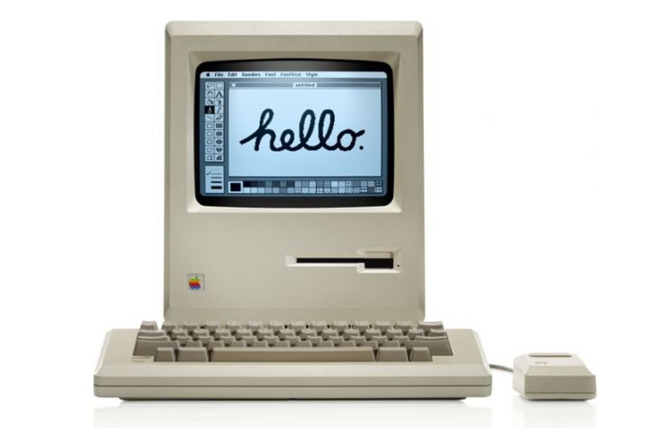
The MacBook family tree originated from the Macintosh. First released in 1984, it quickly became a household name. It was a massive improvement over Lisa, both in technical and marketing terms.
Better processing speed, more polished GUI, improved design and more reasonable price – the computer became so popular that the Mac family is still thriving. It has been one of the best-selling Apple products since 1998, when Jobs returned to the company and breathed a new life into the Macs with iMac. And nowadays Macs are still going strong in the form of MacBook Air/Pro.
Some of the most notable marketing campaigns included the famous “1984” ad campaign as well as the “Get A Mac” ad in the 21 century.
iPod: The Middle Child (2001 to 2022)
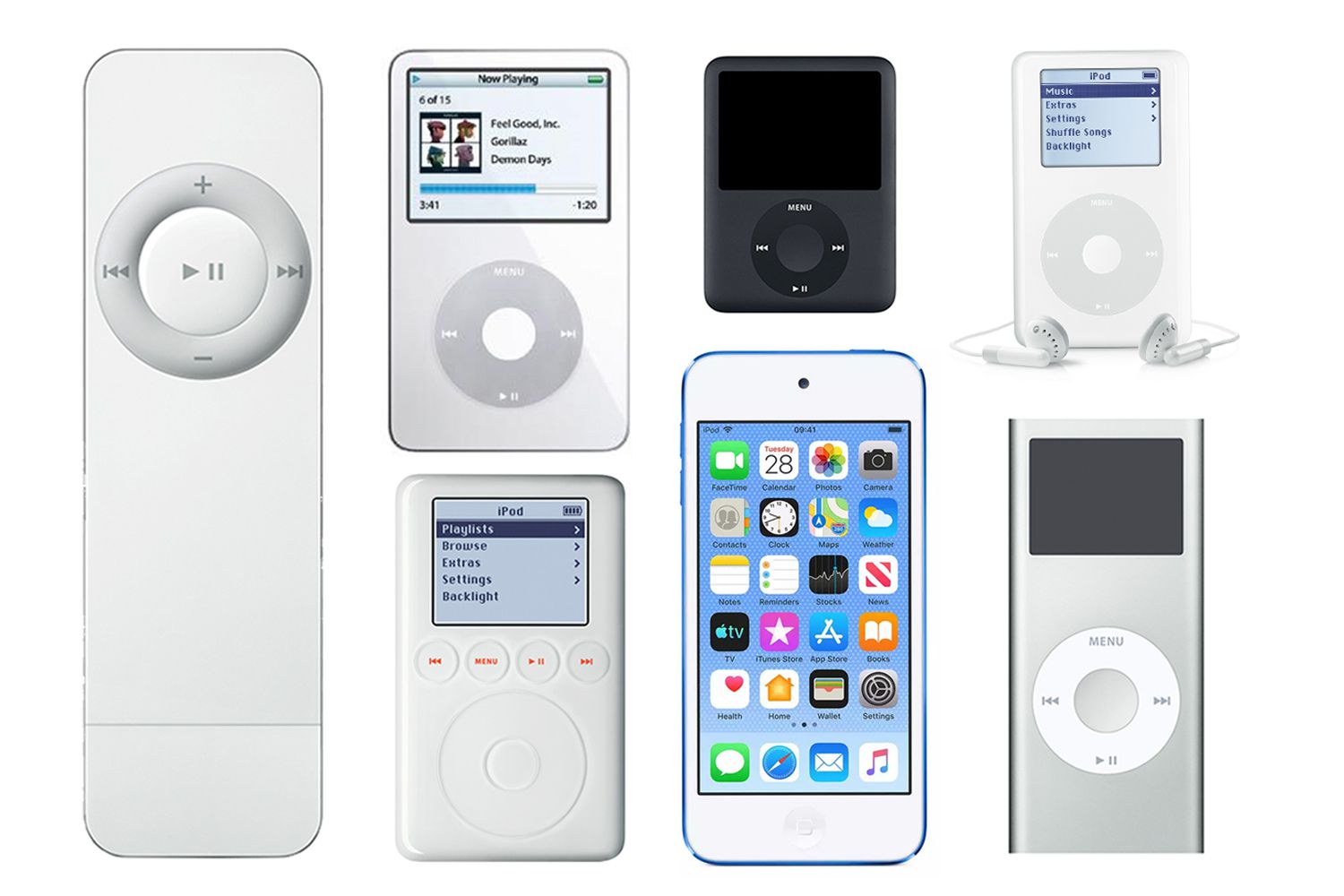
The famous innovative media player family was in production for 21 years, having been discontinued only last year. On the software side, the iPod was accompanied by iTunes, both released at the same time. iTunes Store, a marketplace for music would be launched 2 years later, in 2003.
Every member of the original iPod family (apart from the initial iPod Shuffle) has had an ARM-based CPU, with the majority of them being in PortalPlayer-designed configurations. The Pixo OS, an embedded operating system that Apple originally licensed (and eventually purchased outright from the Pixo firm itself), is also used by practically all vintage iPods.
Some of the most notable marketing campaigns included “1,000 songs in your pocket”, “Wild postings”, and “Who’s gonna sing?”.
iPhone: The Game Changer (Favorite Child) (2007 to Present)
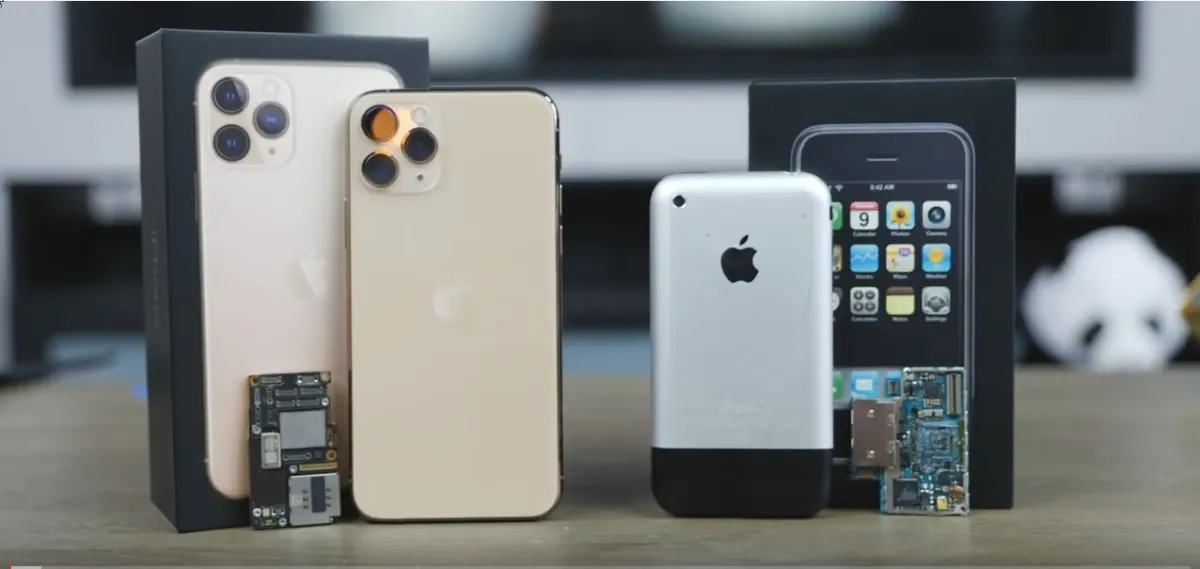
At the time of release, the iPhone changed the way people thought of mobile phones. It combined basic phone functionality such as making calls with listening to music, accessing the Internet, using various apps, And it was all backed by an exclusive operating system (iOS), and powerful hardware with a revolutionary touch screen. New iPhone versions are coming out every year, getting stronger and stronger.
Some prominent marketing taglines are “Apple reinvents the phone”, “This changes everything. Again.”, and “Forward thinking”.
iPad: The Workaholic (2010 to Present)
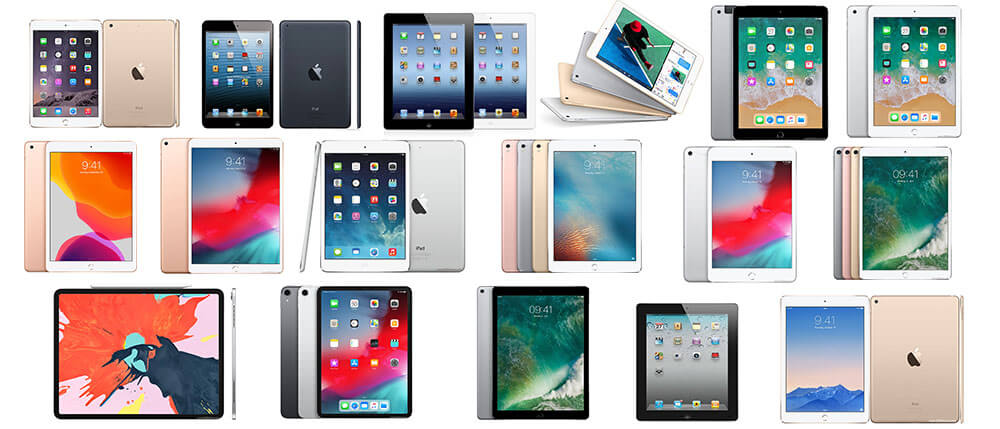
The iPad was meant to be the tablet version of the iPhone – stronger and bigger, but still as light and portable as possible. And just like their smaller relative, iPads are still going very strong to this day.
Their bigger size and more powerful processors meant that iPads could be seriously considered as alternative tools for work or creative endeavors when there’s no computer around.
Some of the most notable marketing campaigns included “Thin. Light. Epic.” and “Light. Heavyweight.”, highlighting the balance between computing power and weight.
Apple Watch: The Fashionable Child (2015 to Present)
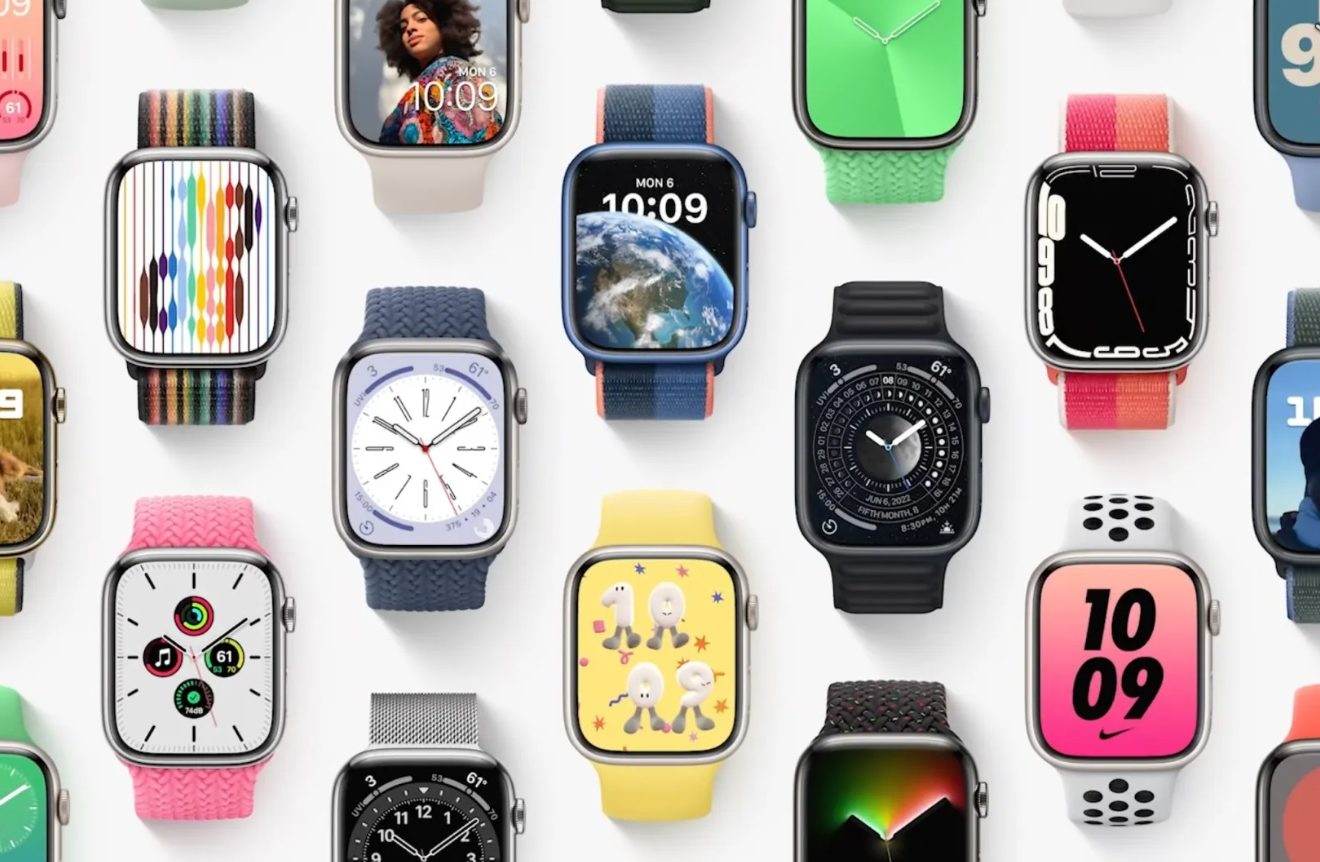
The original Apple Watch’s purpose was to be a fitness tracker, with such features as measuring heart rate and counting daily steps. However, over the years its functionality kept growing and now it can almost act as a makeshift substitute for a smartphone.
Some famous marketing efforts included “The future of health is on your wrist” and “Apps at a tap”.
The Legacy of Steve Jobs
The contributions made by Steve Jobs, who practically invented upscale, user-friendly technology, are hard to overestimate. The competition sparked by the release of the iPod, iPhone, and iPad has completely transformed the technological sector. Thanks to Jobs and Wozniak, consumers now have more options when buying computers, phones, and tablets.
At the same time, Jobs’ philanthropy has undeservedly received less attention. In addition to making philanthropic donations, Jobs worked to alter Apple’s environmental policy in an effort to decrease the long-term environmental effects of the company’s goods.
Conclusion
Spanning over almost five decades, Apple’s computer history timeline is rich in breakthroughs. From the first computer built by Wozniak in his garage to the latest iPhone 14 Pro, Apple devices captivate our imagination and enable us to live richer lives.
Yes, Apple did have its fair share of downs, with such projects as Apple III and Apple Lisa bordering on commercial failure. But that didn’t stop Jobs, Wozniak and their colleagues from persisting with their goal to make the world a better place.






